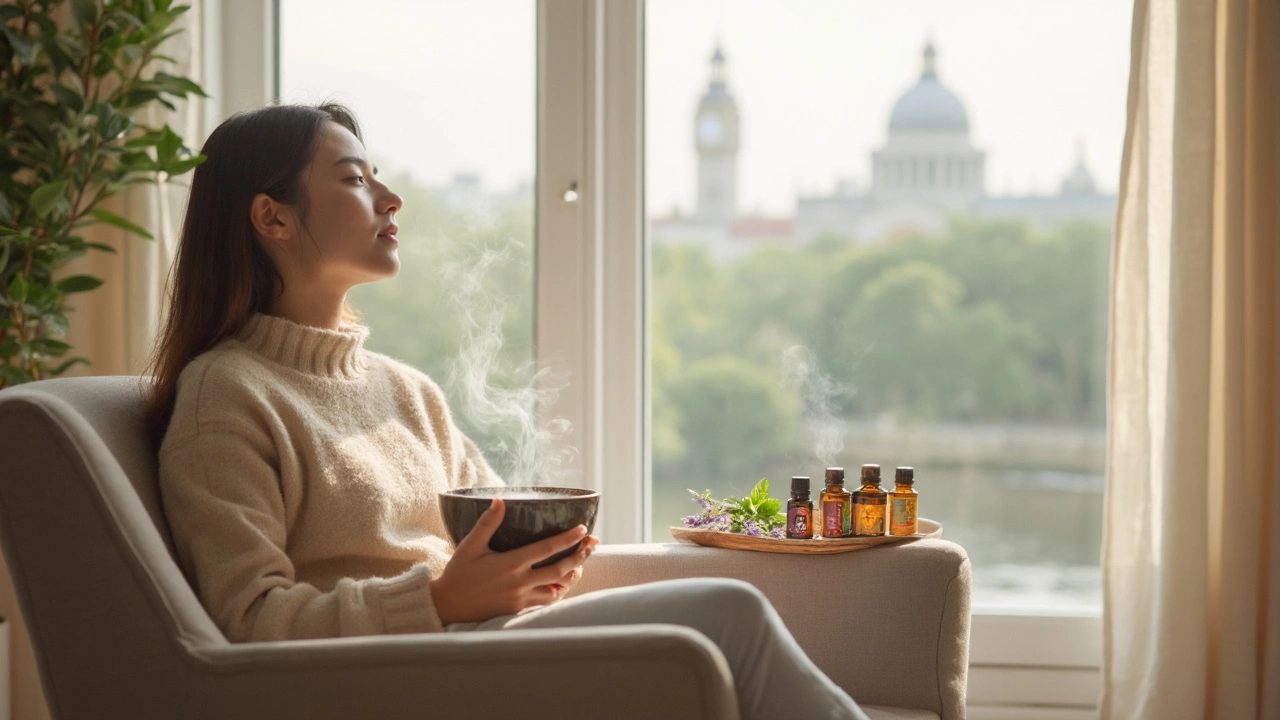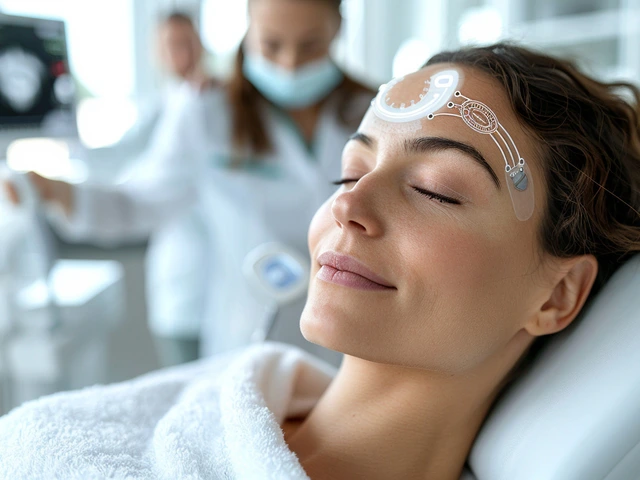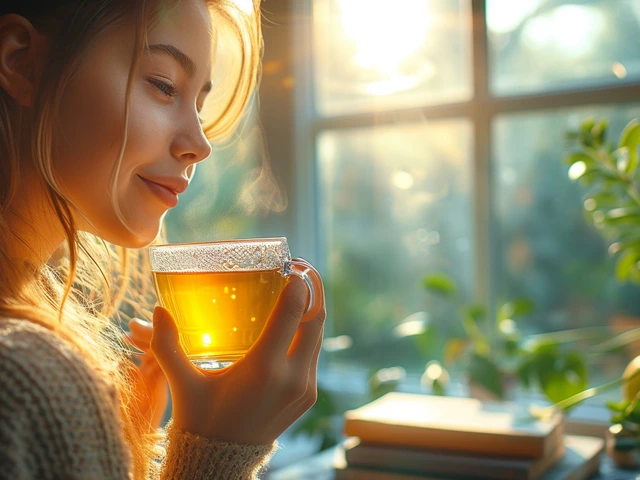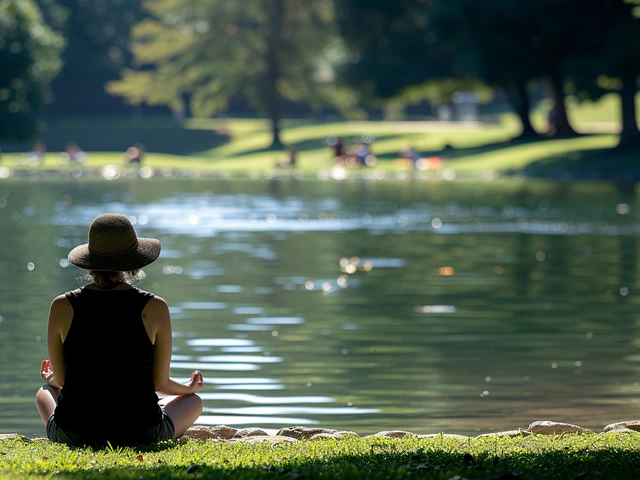Imagine getting ready for your day in the tropical heat of Darwin, when the familiar throbbing in your head just won’t quit. Migraine pain can roll in like Australia’s summer storms—fast, overwhelming, and hard to ignore. Medications help some people, but many of us are on the lookout for gentler ways to tackle that pounding pain. That’s where the scents of nature—lavender, peppermint, eucalyptus—step into the headache fight in a way that feels almost magical. Aromatherapy, used for thousands of years to ease pain and tension, may actually have some real science behind it when it comes to managing migraines. So let’s get real: Is there a way to harness these aromatic allies for actual, measurable relief?
Understanding Migraines: A Tangled Web of Triggers
If you’ve ever tracked your migraines, you know triggers can be a mystery. Hormone shifts, the smell of petrol, not enough sleep, stress at work, even skipping lunch—it’s like a perfect storm. Around the globe, about 1 in 7 people deal with migraines. That’s an estimated 1 billion folks clutching their temples, many of them just wanting to get back to the land of the living. Migraines hit differently for everyone, but nearly all sufferers report throbbing head pain, nausea, and sensitivity to light and sound. Some people see flashing lights or weird shapes before the pain starts; others power through waves of exhaustion or fogginess that stick around for days.
Now, while classic painkillers and prescription meds definitely help some people, not everyone gets that sweet relief. Side effects, cost, or just wanting to dial back your reliance on pills can send you searching for other options. Here’s where aromatherapy shines—literally and figuratively. Think about it: our ancient ancestors didn’t have ibuprofen, but they did have flowers, barks, and leaves that could be transformed into heady, healing oils. Turns out our brains are wired to react to smells. The olfactory nerve (the one behind your nose) is in direct contact with the emotional and memory centers of your brain. No wonder certain scents have the power to affect how you feel—sometimes within minutes.
How Aromatherapy Works: The Science Behind the Scents
Let’s bust a myth right out of the gate—aromatherapy isn’t just ‘woo-woo’ wellness. Recent research tells us that what you inhale matters, especially for migraines. When you breathe in essential oils, their compounds head straight for your limbic system, that ancient part of your brain that manages mood, pain, and stress levels. One peer-reviewed study from 2012 found that inhaling lavender oil for just 15 minutes could ease migraine pain in over 70% of participants. For peppermint, the stats are just as impressive: menthol, its active ingredient, has been shown to relax tight muscles and boost blood flow when rubbed into the temples or sniffed gently.
Here’s the cool part—these oils don’t just mask the headache. Some compounds, like linalool in lavender or menthol in peppermint, may block pain signals or calm overactive nerves. Hydrotherapy, the use of water in combination with oils (think warm compresses or vapor), may speed up the process. Even the act of slow, mindful breathing when using aromatherapy can help soothe the nervous system, making the whole ritual a double win. It’s not a magic cure, but a handful of small but well-designed clinical trials suggest aromatherapy can shorten migraine attacks, reduce pain severity, and maybe even help you need fewer painkillers. Still, the science is young, so think of it as a handy extra tool rather than a replacement for your main migraine meds—unless your doctor gives the all-clear.
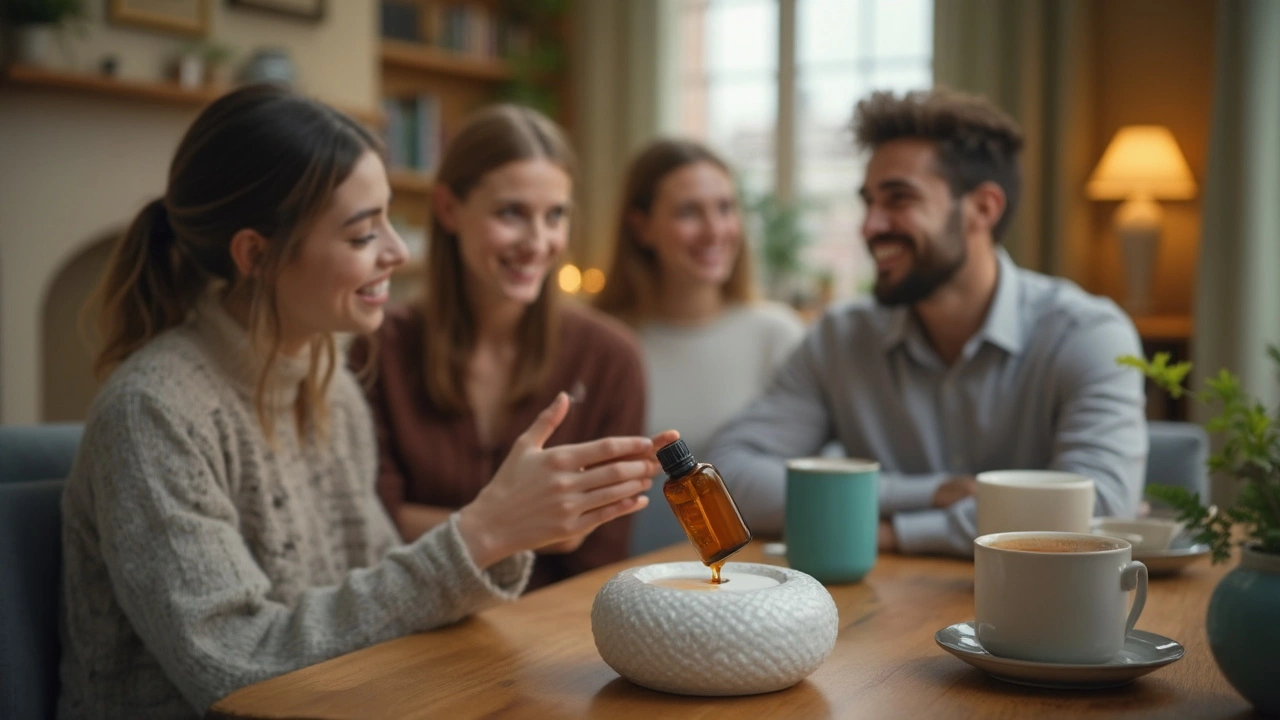
Which Essential Oils Actually Help?
Not every bottle on the shelf will make a difference, and quality matters. Let’s break down the real rockstars of migraine relief:
- Aromatherapy: Surprisingly, ‘aromatherapy’ itself isn’t just about scent—it’s about combining the right oils for a specific outcome, like migraine relief.
- Lavender: Probably the most studied for headaches. Lavender oil, especially Lavandula angustifolia, can ease pain and bring a lovely sense of calm. Rub one or two drops (mixed with a carrier oil like jojoba) onto your temples, or just put a few drops into a diffuser during an attack.
- Peppermint: Menthol creates that signature cooling feeling. Try dabbing diluted peppermint oil on your hairline, or inhale from your hands for a quick pick-me-up.
- Eucalyptus: Great for folks whose migraines come with sinus pain or nasal congestion. Eucalyptus can help open up the airways and may loosen tight head muscles.
- Rosemary: An unsung hero for reducing tension headaches, rosemary may help with focus and alertness too—handy when a migraine leaves you foggy.
That said, always buy pure, high-quality oils. Avoid synthetic fragrances; they won’t have the same effect and might make things worse, especially if you’re prone to headaches from strong smells. Try to store oils out of the sun and heat (easy to forget in Darwin’s humidity). If you’re new to essential oils, patch test on your wrist first to rule out allergies.
How to Use Aromatherapy for Best Results
Start with the basics: less is more. The goal isn’t to overwhelm your senses, but to gently nudge your brain into a calmer state. Here are some super practical ways to use aromatherapy when migraines strike:
- Diffuser magic: Add a few drops of your chosen oil to a cool mist diffuser and place it nearby. This is a discreet way to fill the air with a helpful aroma, especially while working or winding down for sleep.
- Roll-on blends: You can make your own by diluting a few drops of essential oil into a carrier oil (like sweet almond or coconut) and keeping a roller in your bag. Gently swipe onto temples, wrists, or the back of your neck. If you’re sensitive, stick with one drop per teaspoon of carrier oil to start.
- Steam inhalation: Got sinus issues? Add a drop or two of eucalyptus oil to a bowl of hot water, cover your head with a towel, and breathe in the vapors for a couple of minutes. Don’t get too close—just close enough to feel the warmth.
- Massage: Ask a partner or massage therapist to combine gentle pressure at key tension points with a custom oil blend. Some people find scalp massages with lavender oil particularly soothing.
- Warm compress: Mix a few drops of oil in a cup of warm water, soak a washcloth, wring it out, and place the compress on your forehead or neck for 10-15 minutes.
Consistency is key. Some people feel relief within a few minutes, while others may need to use oils regularly before noticing big changes. If you get migraines that last for days or hit you with a wall of nausea, try pairing aromatherapy with a quiet, dark room, gentle stretching, or chilled water—it’s the multi-modal approach that works for many people.

What Does the Research Say? Data, Myths, and Real Talk
If you’re wired like me, you probably want to see the numbers before trying something new. Aromatherapy research is smaller than studies on traditional meds, but here’s where it stands. In a controlled study from 2012, 129 migraineurs inhaled lavender oil for 15 minutes during an attack. About 92 people found their headache pain dropped by at least two points on a 10-point scale—not bad for a bunch of little purple flowers! As for peppermint, a German study found that 10% menthol solution applied to the temples was just as effective as acetaminophen (the active ingredient in Panadol) for tension headaches. Pretty cool, hey?
| Essential Oil | Method Studied | Reported Effect | Study Size |
|---|---|---|---|
| Lavender | Inhalation | Reduced migraine severity | 129 |
| Peppermint | Topical (10-15% menthol) | As effective as acetaminophen for tension headaches | 41 |
| Eucalyptus | Inhalation | Reduced sinus-related headache symptoms | 32 |
The leading headache orgs haven’t gone all-in on aromatherapy—yet. The main reason is lack of giant global trials, plus worries about allergic reactions or interactions if used alongside prescription meds. But if you’re thoughtful with your approach (check with your doctor, patch test, skip oils if pregnant, etc.), the risks seem low for most adults. And for migraineurs craving control, being able to reach for a little bottle of hope is powerful in itself.
Here’s a myth buster: you don’t need an arsenal of fancy oils to get results. One or two pure, tried-and-tested options (lavender being the MVP) can be enough to make a difference. Listen to your body—if you ever feel worse, stop and try a different approach.
A cool tip: keep a migraine diary and track which scents, doses, and methods work best. There’s no one-size-fits-all when it comes to breeds of migraines, so tuning into your own patterns could save you a world of hurt.
Last thing—aromatherapy won’t fix migraines caused by underlying medical problems, but for stress-related, tension, and hormone-triggered headaches? Could be just the extra support you need. And even if you just love the ritual, the relaxation alone may be worth its weight in little amber bottles.

